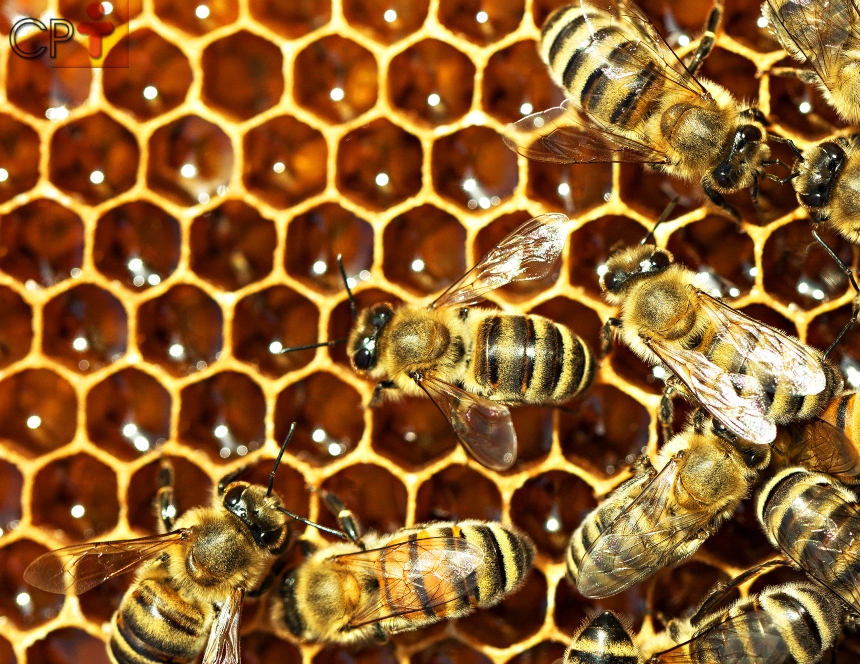
Introduction
The Western honey bee, Apis mellifera, also known as the European honey bee, is the most common and widespread species of honey bee in the world. The name Apis is Latin for “bee,” and mellifera means “honey-bearing” — a tribute to this bee’s role in producing honey and pollinating crops.
Species
Apis mellifera Linnaeus, 1758
Social Life and Behavior
Western honey bees are eusocial insects, meaning they live in highly organized colonies. A typical hive includes:
- A single fertile female, the queen
- Thousands of worker bees (non-reproductive females)
- A few drones (males whose main role is reproduction)
These bees communicate through pheromones and the famous waggle dance, a unique way of sharing information about food sources.

Thanks to CPT.
Human Connection
Apis mellifera was one of the first insects to be domesticated. Today, it remains the primary bee species managed by beekeepers for:
- Honey production
- Pollination of agricultural crops
With human help, this species has spread across every continent except Antarctica, playing a vital role in food systems worldwide.
Conservation and Threats
Despite their global presence, Western honey bees face serious challenges:
- Pests such as the Varroa mite
- Diseases and Colony Collapse Disorder (CCD)
- Pesticide exposure, which can affect navigation and behavior
In 2014, Apis mellifera was listed as Data Deficient on the IUCN Red List, mainly due to a lack of data distinguishing between wild and managed populations. While managed colonies are widespread, wild colonies may be disappearing in parts of Europe.
Scientific Importance
Western honey bees are a key model organism in science. They are used in research on:
- Social behavior and evolution
- Learning and memory
- Pesticide impacts on non-target insects
Their behavior and biology offer insight not only into pollinators but also into broader ecological and evolutionary processes.
Global Distribution
Though originally native to Africa or Asia, Apis mellifera naturally spread across Europe, the Middle East, and Africa. Through human introduction, they’ve now colonized:
- North and South America
- Australia and New Zealand
- East Asia
Subspecies and Adaptation
As they spread, Western honey bees adapted to local environments, resulting in over 30 recognized subspecies. Adaptations include:
- Winter clustering in cold climates
- Migratory swarming in Africa
- Foraging efficiency in deserts
These subspecies are grouped into four evolutionary branches:
- Branch A (African)
- Branch M (Northwestern Europe)
- Branch C (Southwestern Europe)
- Branch O (Middle East)
Final Thoughts
Apis mellifera is more than just a honey producer — it’s a keystone species vital to both wild ecosystems and agriculture. Protecting honey bees means safeguarding biodiversity and food security across the globe.
